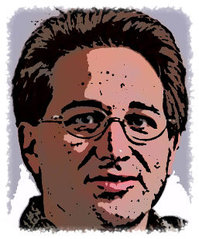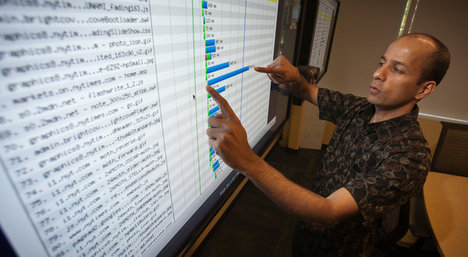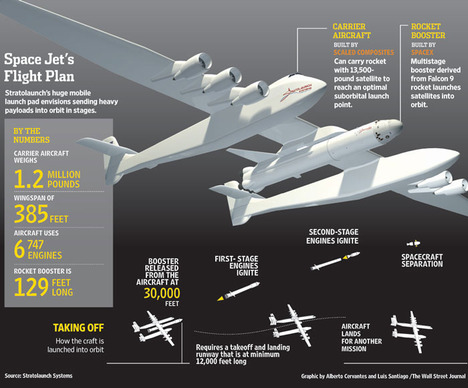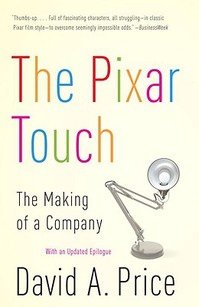(p. 257) The increase in computer-animated films . . . marked the dawning of a democratic moment in artistic expression and entrepreneurship. Just as technological developments in digital production were (p. 258) opening the door more widely in live-action filmmaking, technology was making computer animation more accessible every year.
Computer animation was still an art form that required talent and intense Commitment; it wasn’t within reach of Everyman. The accessibility of its tools, however, brought new possibilities. Where Pixar’s early years had required a succession of wealthy patrons–Alexander Schure, George Lucas, and Steve Jobs–an enterprising artist of the early twenty-first century was not so dependent. The hardware and software of an animator’s workstation, once the province of major studios and effects houses, could now be had for the cost of a good used car. As Pixar started its new life as a crown jewel of the Walt Disney Co., it was plausible that it would sooner or later have to jockey release dates with a new kind of rival. Or, rather, it would have to face a rival that looked much the way Pixar itself did thirty years earlier, as a group of men and women in a garage pursuing a dream.
Source:
Price, David A. The Pixar Touch: The Making of a Company. New York: Alfred A. Knopf, 2008.
(Note: ellipsis added.)
(Note: my strong impression is that the pagination is the same for the 2008 hardback and the 2009 paperback editions, except for part of the epilogue, which is revised and expanded in the paperback. I believe the passage above has the same page number in both editions.)







